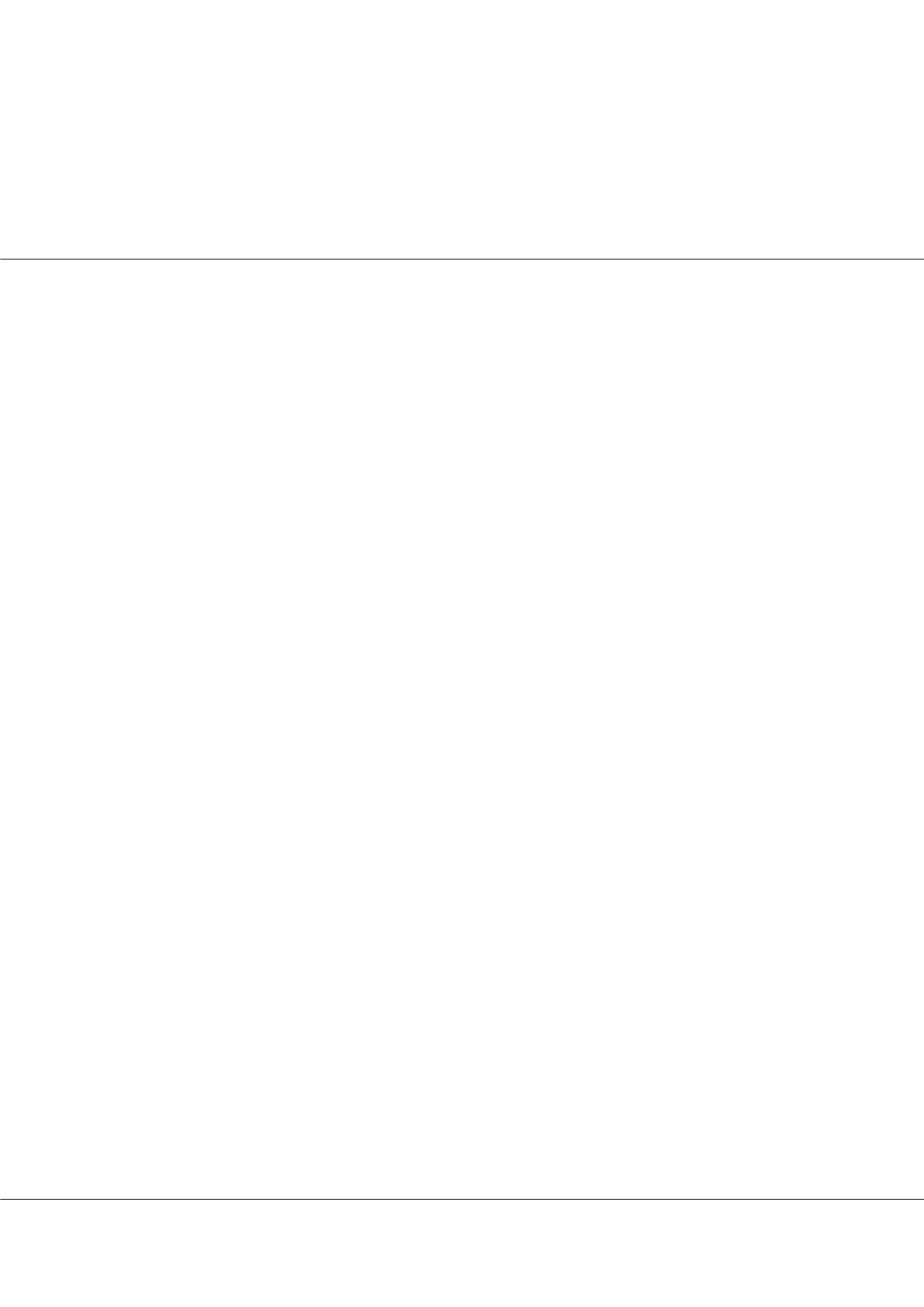

Page 57
Notes:
conferenceseries
.com
April 27-28, 2017 Las Vegas, USA
19
th
Global Nursing Education Conference
Volume 6, Issue 2 (Suppl)
J Nurs Care
ISSN: 2167-1168 JNC, an open access journal
Global Nursing Education 2017
April 27-28, 2017
Let’s improve medication communication using teach-back and key information
Ana Bandin, Sofia de la Camara
and
Laura Hernandez
Nicklaus Children’s Hospital, USA
Statement of the Problem:
Healthcare Consumer Assessment of Healthcare Providers and Systems (HCAHPS) surveys collect
national data and report patient/caregivers perspective on quality and service of their hospital experience. The question on possible
side effects of medications was the focus of this unit. Scores for 1st quarter, 2016 were inconsistent and reached an all-time low.
Aim:
The purpose of this quality improvement initiative was to standardize the educational approach nurses took when teaching
patients/caregivers about medication side effects, in turn, improving scores.
Methodology & Theoretical Orientation:
Placing a visual magnetic M at the patient’s communication board, cues the teach-back
process. Retraining staff on previous M in the box initiative was priority. In collaboration with teach-back, a bilingual double-sided
educational leaflet was created for the most used medications on this unit. These leaflets were sensitive to learning barriers such as
low health literacy and language. The focus was on partnering with patient/caregiver to assist them in understanding key information
and engage them in the teach-back process.
Findings:
Evaluation of quarterly HCAHPS scores showed increase in patient satisfaction post implementation of the multi-method
initiative. The greatest progress occurred from 1st to 2nd quarter, with scores improving from 51.6% to 71.3%, respectively and
sustainability shown in the 3rd and 4th quarter at 72.9% and 73.2%.
Conclusion & Significance:
Partnering with patients/caregivers using the teach-back method and key educational material, proved
to be an effective process assisting patients understand important medication information while having a positive effect on consumer
satisfaction, therefore, resulting in increased HCAHPS scores outcome.
Biography
Ana Bandin received her Bachelor of Science in Nursing from the University of Miami in 2006. She’s been a pediatric nurse in the respiratory unit for more than
10 years. Her expertise, passion for teaching, innovation and evidence based practice, led her to her current role of clinical educator for her unit. She’s a Master
in Nursing Education candidate this summer. She serves as the facilitator for the nursing research and evidence based practice council at Nicklaus Children’s
Hospital. She was presented the certificate of Excellence for an Evidence-based practice Poster from the Society of Pediatric Nurses in April 2016 and awarded
Scholar of the Year for her organization in Nurses’ week 2016. Ana strives for quality and safe care through best practices while driving service excellence and
patient satisfaction in her unit and organization.
Ana.Bandin@mch.comSofia de la Camara received her Bachelor of Science in Nursing from the University of Miami in 2015. She currently serves as the co-chair for the evidence based
practice council at Nicklaus Children’s Hospital in Miami, Fl. Her passion in nursing research and evidence based practice has propelled her to initiate projects
to improve patient satisfaction and outcomes. Her time spent living and volunteering abroad in South America sparked special interest in the incorporation and
practice of culturally sensitive nursing.
Sofia.DeLaCamara@mch.comAna Bandin et al., J Nurs Care 2017, 6:2 (Suppl)
http://dx.doi.org/10.4172/2167-1168-C1-043















